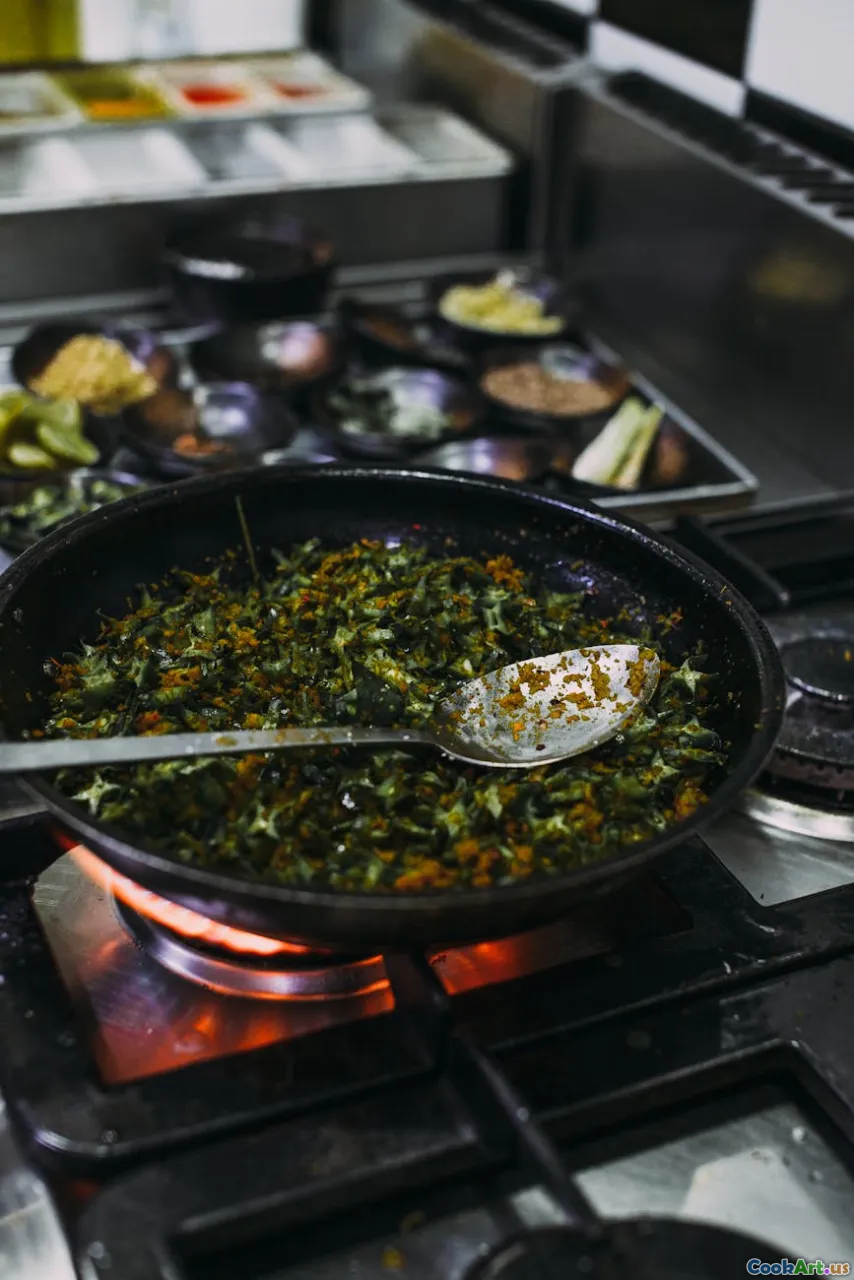The Art of Seasoning: Beyond Salt
6 min read Discover the art of seasoning beyond salt and learn how to elevate your dishes with unique flavors and techniques. April 16, 2025 01:00
The Art of Seasoning: Beyond Salt
Seasoning is the heartbeat of cooking, a subtle yet powerful element that can transform ordinary ingredients into extraordinary dishes. While salt is often considered the cornerstone of seasoning, the world of flavor extends far beyond this simple mineral. In this article, we will explore various techniques and ingredients that enhance the complexity and depth of your culinary creations.
Understanding Flavor
To master the art of seasoning, one must first understand the components that make up flavor. The five basic tastes—sweet, sour, salty, bitter, and umami—combine to create the overall flavor profile of a dish. Each ingredient you introduce to your cooking can affect these tastes, offering opportunities for balance and contrast.
Sweetness
Sweetness can enhance flavors and balance out bitterness or acidity. Ingredients like honey, maple syrup, or even fruits can add a sweet note that complements savory dishes. For instance, adding a touch of honey to a vinaigrette can provide a delightful contrast to the tanginess of vinegar.
Acidity
Acidity brightens dishes and can wake up the palate. Citrus juices, vinegars, and fermented ingredients like kimchi or sauerkraut can add vital zing. A squeeze of lemon over a rich pasta dish can elevate it, cutting through the heaviness and adding freshness.
Umami
Umami, often described as the savory taste, can be found in ingredients like mushrooms, soy sauce, tomatoes, and aged cheeses. These ingredients can add depth and richness to your dishes. For example, a sprinkle of Parmesan cheese over a vegetable dish can amplify its flavors significantly.
The Power of Herbs and Spices
Herbs and spices are essential tools in a cook's arsenal. They not only add flavor but also contribute aroma and color to dishes. Here's how to harness their power:
Fresh vs. Dried
Fresh herbs like basil, cilantro, and parsley offer vibrant flavors and aromas. They are best added at the end of cooking to maintain their freshness. On the other hand, dried herbs and spices, such as oregano or cumin, release their oils and flavors during cooking, making them ideal for longer cooking processes.
Herb Pairing
Certain herbs complement specific dishes better than others. For instance, rosemary and thyme are excellent companions for roasted meats, while dill and parsley shine in seafood dishes. Experiment with combinations to find your unique flavor profiles.
Seasoning Techniques
Layering Flavors
Start by seasoning at multiple stages of cooking. For example, season your proteins before cooking, add spices to the base of your sauces, and finish with fresh herbs. This layering technique creates depth and complexity.
Infusing Oils and Vinegars
Infusing oils and vinegars with herbs, spices, or aromatics can create a flavorful base for dressings, marinades, or finishing oils. Simply heat oil with your chosen ingredients, let it cool, and strain before use.
Marinades and Brines
Marinades are an excellent way to impart flavor before cooking. A good marinade includes an acid (like vinegar or citrus), oil, and various seasonings. Brining meats in a saltwater solution enhances moisture and flavor, making for juicy, tender results.
Cultural Perspectives on Seasoning
Different cuisines around the world offer unique approaches to seasoning that can inspire your cooking:
- Indian Cuisine: Known for its complex spice blends like garam masala, Indian cooking showcases the art of layering flavors.
- Mexican Cuisine: The use of fresh herbs like cilantro and spices such as cumin and chili powder creates vibrant, bold flavors.
- Thai Cuisine: Balancing sweet, sour, salty, and spicy elements is essential, often achieved through the use of fish sauce, lime, and sugar.
Conclusion
The art of seasoning is a journey of discovery. By exploring flavors beyond salt and understanding how different ingredients work together, you can elevate your cooking to new heights. Embrace the versatility of herbs, spices, and unique seasoning techniques to create dishes that not only satisfy the palate but also tell a story of culinary creativity. So, step into your kitchen with confidence, and let the art of seasoning guide you to delicious results!









